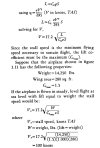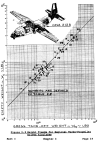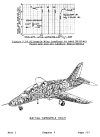I think an MS in engineering or other hard science is a great idea if that is the field you are working in. The intellectual rigor does indeed look good on a resume. A PhD is a waste of time in any hard science unless you want to work in academia...and you won’t.
A STEM MS is good for improving professional knowledge...in Engineering, it's somewhat like advanced training, which is also why a lot of big employers will chip in for a relevant MS. Several buddies out of undergrad engineering had their MS funded by the companies within a few years of employment.
I've always been told a hard science PhD is generally important for research oriented positions as well, including in private industry. It makes sense, as the main difference between say a MS and PhD in physics is the dissertation. Courseload difference itself isn't all that substantial.





